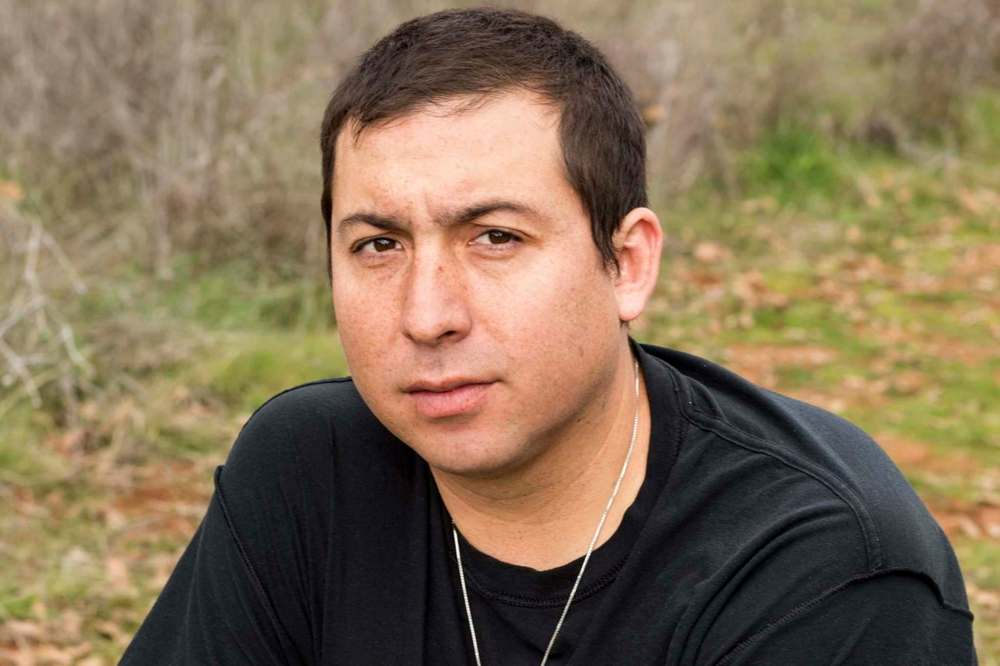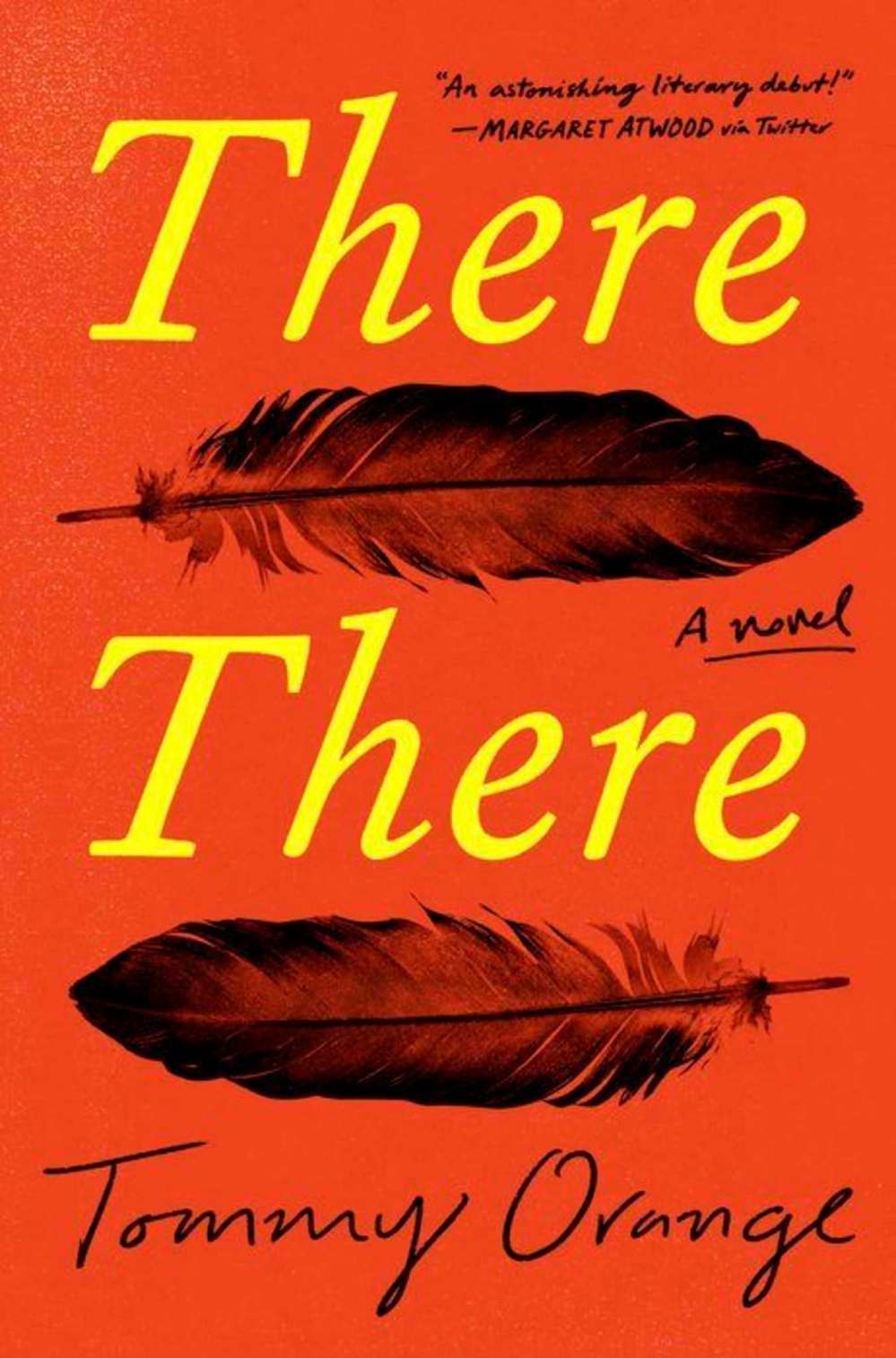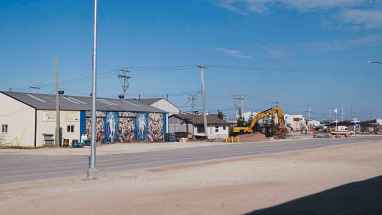Spirit of the city Debut novel gives voice to 21st-century, urban Indigenous people and their stories
Read this article for free:
or
Already have an account? Log in here »
To continue reading, please subscribe:
Monthly Digital Subscription
$1 per week for 24 weeks*
- Enjoy unlimited reading on winnipegfreepress.com
- Read the E-Edition, our digital replica newspaper
- Access News Break, our award-winning app
- Play interactive puzzles
*Billed as $4 plus GST every four weeks. Offer only available to new and qualified returning subscribers. Cancel any time.
Read unlimited articles for free today:
or
Already have an account? Log in here »
Hey there, time traveller!
This article was published 11/06/2018 (2426 days ago), so information in it may no longer be current.
The scope of Tommy Orange’s debut novel There There will feel familiar to fans of Winnipeg author Katherena Vermette’s novel The Break.
Event Preview
An Evening with Tommy Orange
Launch of There There, in conversation with Rosanna Deerchild
Tuesday, 7 p.m.
McNally Robinson Booksellers, Grant Park Shopping Centre
In her 2016 debut, Vermette skilfully weaved together the stories of four generations of Indigenous women, touching on a number of pressing social issues and employing a diverse collection of narrative voices to create a portrait of urban Indigenous life in an unnamed neighbourhood of a city (that was unmistakably Winnipeg’s North End).
The book was met with widespread critical acclaim and became an award-winning bestseller, resonating far beyond the Indigenous community and this city.
Orange’s debut There There, published by McClelland & Stewart on June 5, brings together a cross-section of Native American voices as they grapple with their individual and collective identity, all careening through their respective lives and personal turmoil in Oakland, Calif., and in other urban areas.
And, much like Vermette, there’s plenty of hype around the 36-year-old Orange as one of the innovative new voices of Indigenous writing. A recent profile by the New York Times went so far as to claim that with There There, Orange had penned “a new kind of American epic.”
The buzz is warranted. Written over the course of six years, Orange’s debut is a profound exploration of the hardships and challenges faced by urban Native Americans. The book jumps back and forth between characters and perspectives as they converge near the novel’s turbulent ending at a big powwow held at the Oakland Coliseum.t

Orange, who grew up in Oakland, is in Winnipeg Tuesday night, launching There There at 7 p.m. at McNally Robinson Booksellers’ Grant Park location. In addition to reading from the novel and signing copies, he’ll be joined in conversation by author and CBC broadcaster Rosanna Deerchild.
The novel’s initial reception and widespread acclaim has come as a shock to Orange. “It’s not just the Native community, it’s not just the literary community… it just seems to be connecting across the board,” he says by phone in advance of tonight’s launch. “That’s probably the most surprising part of all — I was just not expecting this kind of reception in my wildest dreams.”
A member of the Cheyenne and Arapaho tribes of Oklahoma, Orange (who has met Vermette but not yet read The Break, explaining “my wife is reading it and I’m waiting for her to finish with it,”) began writing There There in 2011 while working at an Oakland Native American health centre.
He eventually enrolled at the Institute of American Indian Arts in Santa Fe, N.M., where he completed the novel, receiving guidance from faculty on his way to earning a masters degree in fine arts.
“I spent a lot of time writing auditioning different voices, and eventually found the ones that worked and wove them all together,” he explains.
He took inspiration form a wide cross-section of writers and texts, including Native American writer Louise Erdrich’s 1984 novel Love Medicine, Colum McCann’s Let the Great World Spin, Roberto Bolaño’s The Savage Detectives, Marlon James’ A Brief History of Seven Killings and A Visit From the Good Squad by Jennifer Egan.
The novel opens with an explosive prologue recalling countless abuses of Native Americans over the centuries, providing a context to how Orange’s wide range of characters — many of whom, knowingly or not, are connected — arrived at their present situation without weighing down the rest of the narrative with more overt political messages.
Early praise for Tommy Orange and There There
Mr. Orange has written a new kind of Native American epic, one that reflects his ambivalence and the complexity of his upbringing
— New York Times
Everything about There There acknowledges a brutal legacy of subjugation — and shatters it. Even the book’s challenging structure is a performance of determined resistance
— Washington Post
Orange knows well the power of telling stories — but, more to the point, of telling good stories, ones that sublimely render the truth of experiences that are passed over or have only previously been painted with a cartoonishly broad brush
— San Francisco Chronicle
In this vivid and moving book, Orange articulates the challenges and complexities not only of Native Americans, but also of America itself — Kirkus
A master class in style, form and narrative voice
— Globe and Mail
A startlingly ambitious and moving first novel
— Minneapolis Star Tribune
A raw, electrifying debut
— Entertainment Weekly
Throughout the novel, Orange’s characters move through a richly drawn depiction of Oakland, much in the same way Vermette was able to depict the North End in The Break.
“I wanted to write a novel that represented urban Native people, but also Oakland… there’s not really an Oakland novel out there, and I love the town I grew up in. The texture of the book is Oakland. I really wanted to represent the spirit of the place I grew up.”
Orange’s new fans won’t likely have to wait another six years for his next project. “I’ve got three things on the go,” he explains.
“There’s been a short-story collection that’s been building pretty slowly, and I immediately took on writing a semi-autobiographical family novel.” (Orange was hesitant to elaborate on a new, third project.)
In the U.S., Orange is part of a movement of young Native American authors whose voices are on the rise. “There seems to be something happening that’s bigger than all of us. I can’t explain it.
“Layli Long Soldier’s Whereas been getting a lot of attention — she just got a National Book Critics Circle Award for her poetry — and Tommy Pico’s writing… their writing is challenging not only the form but history and the way we talk about it.”
ben.macphee-sigurdson@freepress.mb.ca









